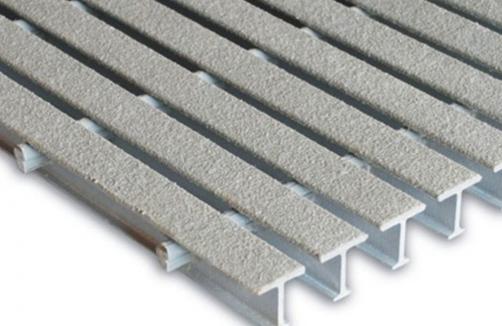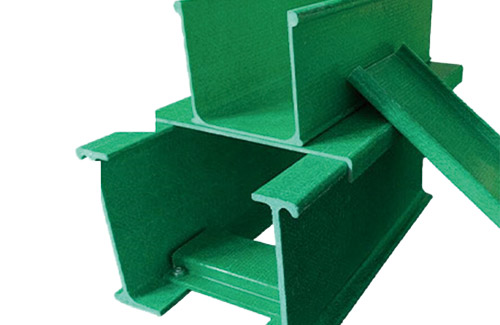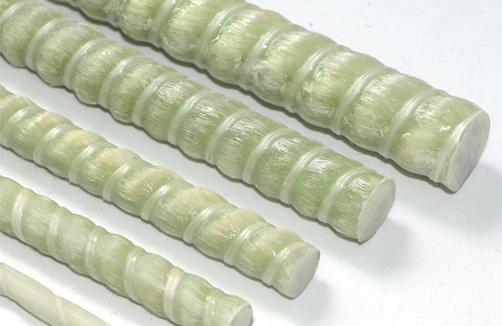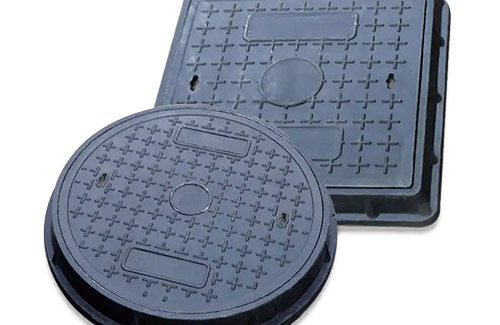
In terms of anti-collision guardrails, the most commonly used guardrail structure is still primarily fiberglass guardrails. Generally speaking, there are three main methods based on actual use.
The highway anti-collision guardrail is divided into general section anti-collision guardrail and bridge guardrail according to the road section; According to the setting direction, it can be divided into roadside guardrails and center divider guardrails; According to their mechanical characteristics, they can be divided into three types: rigid guardrails, semi-rigid guardrails, and flexible guardrails.
1. Rigid guardrail:
A rigid guardrail is a guardrail structure that does not deform at all. Concrete guardrail is the primary form of rigid guardrail, which is a wall structure composed of concrete blocks connected in a certain shape. It uses uncontrolled vehicles to climb, deform, collide, and turn after colliding with the wall to absorb collision energy. The rigid guardrail does not deform during collisions and is almost not damaged. The repair cost is low, but it creates a sense of pressure on the vehicle's movement. Due to its high stiffness and poor ability to absorb energy, it will inevitably cause severe damage to personnel and vehicles.
2. Half cut guardrail:
A semi-rigid guardrail is a continuous beam type guardrail structure that has a certain degree of rigidity and flexibility. The corrugated beam steel guardrail is the primary representative method of semi-rigid guardrails. It is a continuous structure composed of corrugated steel guardrail plates spliced together and supported by columns. It uses the deformation of soil foundation, columns, and corrugated beams to absorb collision energy and force out of control vehicles to change direction. Beam guardrails can be divided into several types according to different structures, including W-shaped corrugated beam guardrails, pipe beam guardrails, box beam guardrails, etc. They all have a certain degree of stiffness and durability, absorb and resist energy through the deformation of the crossbeam, replace damaged parts easily, have a certain field of view induction effect, and have a beautiful appearance.
3. Flexible guardrail:
Flexible guardrail is a durable guardrail structure with a large buffering capacity. Cable guardrail is the primary representative of flexible guardrails. It is a structure that is fixed to the column by several cables that apply initial tension. It primarily relies on the tensile stress of the cables to resist vehicle collisions and absorb the amount of collision. The cable operates within its elastic range and requires almost no replacement. This type of guardrail has a beautiful appearance, and there is no sense of pressure when the vehicle is moving, but the visual guidance effect is poor.







